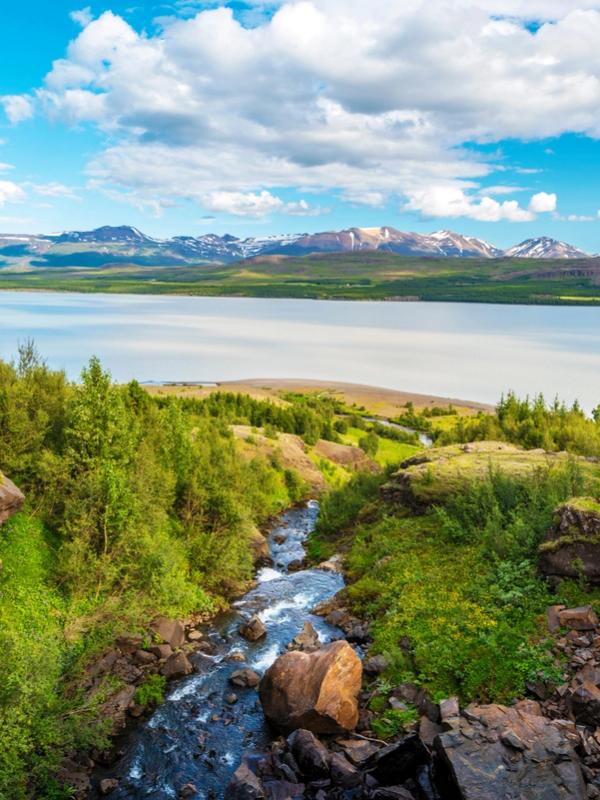
Visitors Guide: Summer Weather in Iceland
Iceland’s summer is full of natural beauty and attracts travelers from all over. With long days of sunlight and changing landscapes, it’s a great time to visit. Knowing what the weather is like can help you plan your trip better. This guide covers what to expect during summer in Iceland.
Overview of the Weather in Iceland in Summer
Iceland’s weather can change quickly, even in summer. But from June to August, the weather is usually milder than in winter. Daytime temperatures range from 9°C (48°F) in June to around 15°C (59°F) in July and August. Nights are cooler, with lows between 8°C (46°F) and 12°C (54°F). Rain is common, with about 50mm in June and a bit more in August. Snow is rare except in higher areas.
A big part of summer in Iceland is the long daylight hours. In June, there’s almost 24 hours of sunlight, which drops to about 14 hours by late August. Winds are often strong, around 8 m/s, and can affect outdoor plans.
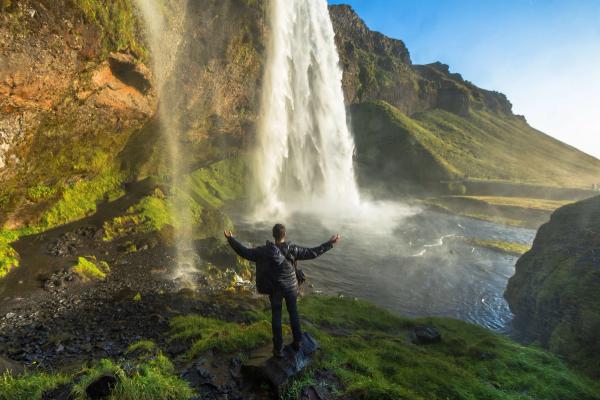
Weather of the Summer Months in Iceland
Summer in Iceland brings long days and warmer weather, making it a great time to get outside and explore. The weather gets better as the months go by, but it can still surprise you, so it’s best to stay ready for anything.
Weather in June
June is when summer begins in Iceland. Temperatures are between 9°C (48°F) and 15°C (59°F). It gets warmer as the month goes on, but rain is common. Winds can be strong, and snow is rare. Rainfall is around 50mm.
With almost 24 hours of daylight, you have plenty of time to explore. The south is warmer but rainier, while the north is cooler and drier. The east gets some rain, and the west has mixed weather. Bring warm, waterproof clothes and sturdy boots. Iceland’s weather changes fast, so check the forecast often.
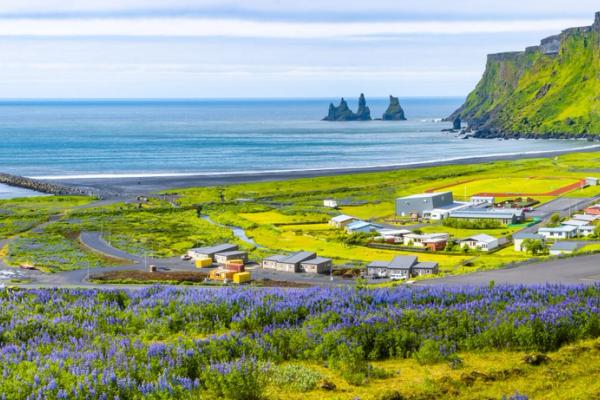
Weather in July
July is the warmest month in Iceland. Temperatures are between 10°C (50°F) and 15°C (59°F). Some days can reach 20°C (68°F), but it can still rain. Snow isn’t a worry, and the long daylight means more time outside.
The south and west are warmer but get more rain. The north and east stay cooler and drier. The Highlands are the coldest, and nights can be chilly. Pack layers, a rain jacket, and warm clothes. The weather can switch quickly, so stay updated.
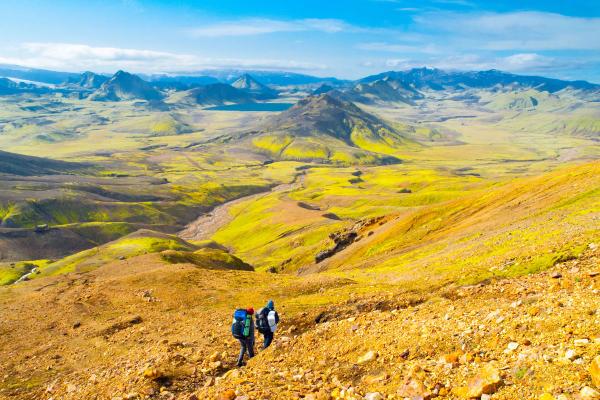
Weather in August
August is mild and steady. Highs are around 14°C to 15°C (57°F to 59°F) and lows are between 8°C and 9°C (46°F to 48°F). Some days can reach 25°C (77°F), but rain is still common. The north stays drier with fewer rainy days.
Days get shorter, but there’s still time to explore. The Highlands stay cold, and some snow may stick around up high. Bring warm, waterproof clothes and good boots. August is great for hot springs, wildlife, and festivals. Keep an eye on the weather to stay prepared.

Weather in the Different Regions of Iceland in the Summer
Iceland’s weather changes depending on where you are. Knowing the differences can help you plan better and enjoy more of what each area offers.
South Iceland
South Iceland is home to waterfalls, black sand beaches, and the Golden Circle. Summer temperatures are around 15°C (59°F), but rain is more frequent, especially early in the season. This rain keeps the landscape green and vibrant, making spots like Skógafoss and Jökulsárlón even more beautiful. Despite the rain, the south is one of the most popular areas to visit.
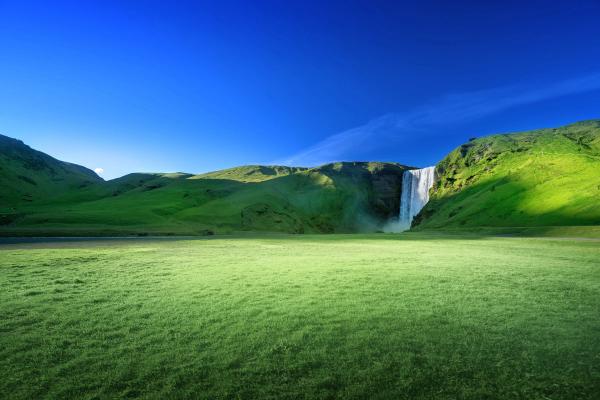
East Iceland
East Iceland is full of fjords, fishing villages, and wide valleys. It’s slightly cooler than the south, with summer highs around 14°C (57°F). Rain is common but not extreme, and the weather stays fairly steady. This region is perfect for hiking and wildlife watching. Towns like Egilsstaðir give visitors a mix of nature and local culture.
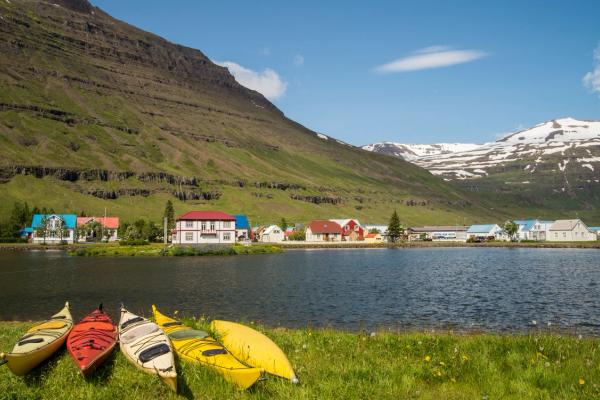
North Iceland
North Iceland is known for volcanoes, geothermal spots, and Akureyri, the country’s second-largest city. Summers are drier and cooler, with temperatures reaching about 15°C (59°F). With less rain, it’s a great place for outdoor activities. Whale watching in Húsavík and visiting Goðafoss are popular things to do when the skies are clear.
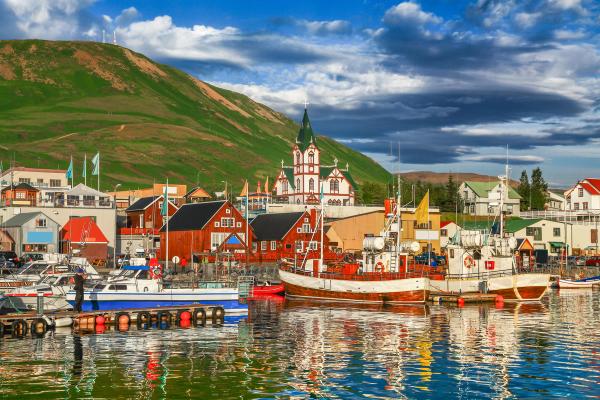
West Iceland
West Iceland is known for its rugged coastlines, volcanoes, and Snæfellsjökull National Park. Summer temperatures sit around 15°C (59°F), but the weather changes often. Rain and wind are common, adding to the area’s wild feel. It’s a great place for exploring lava fields, coastal drives, and national parks.
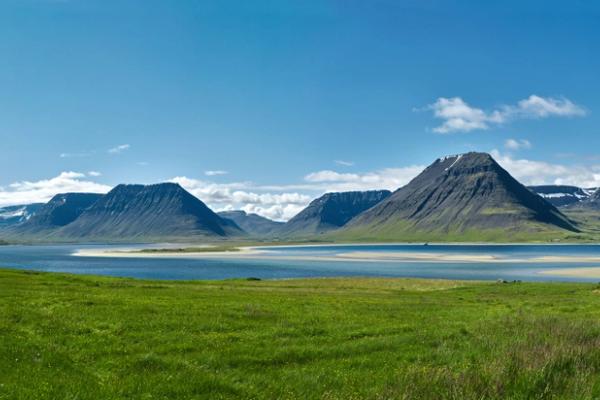
Conclusion
Iceland’s summer weather is mild, with long daylight hours, but it can vary by region. Whether you’re hiking, sightseeing, or soaking in hot springs, summer is a great time to visit. Pack for all types of weather, check the forecast, and enjoy Iceland’s outdoors.
